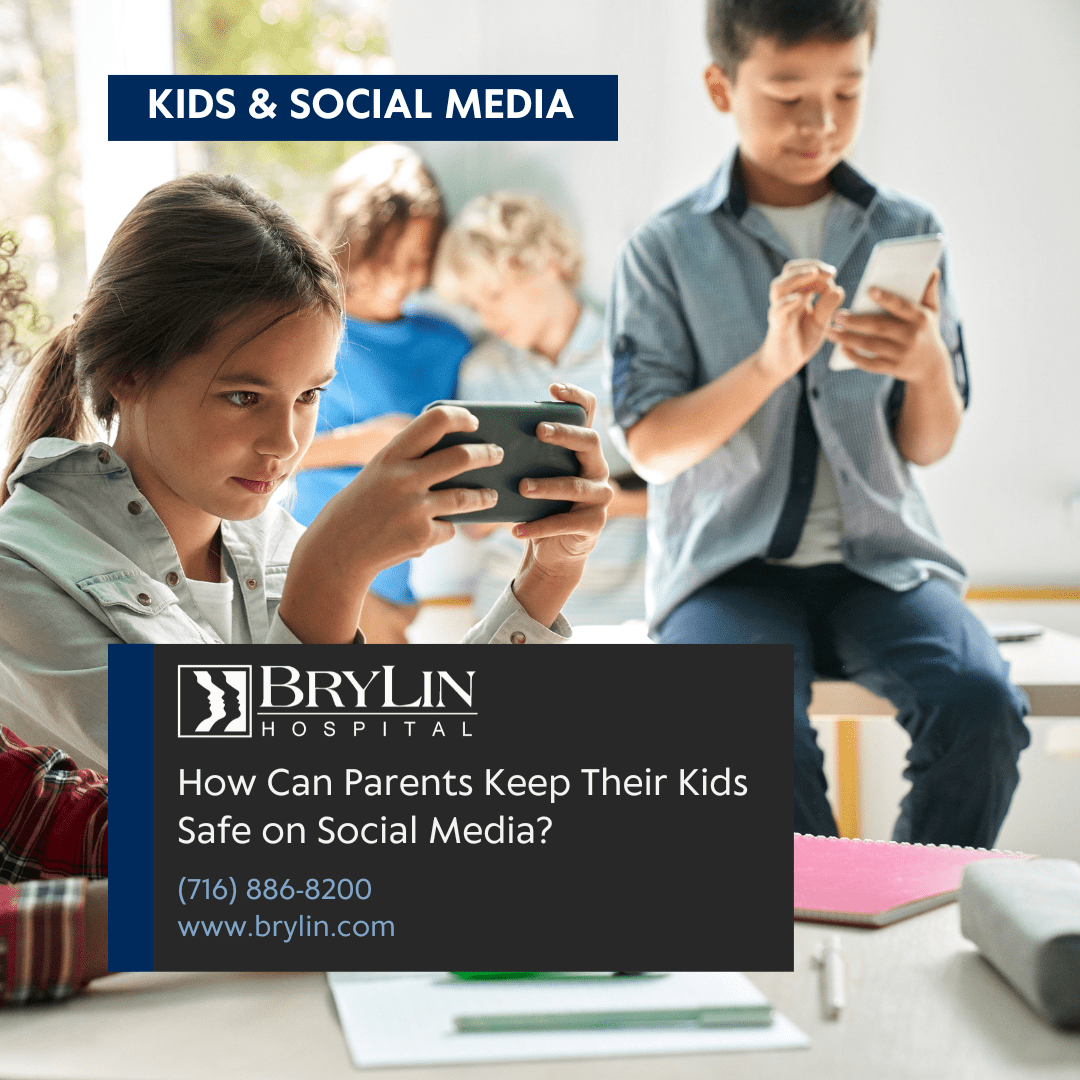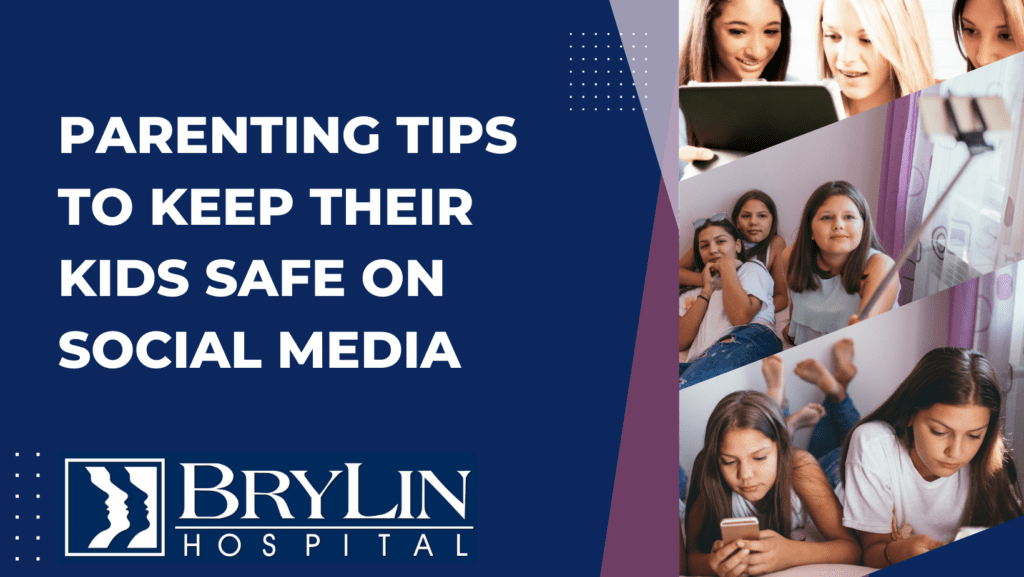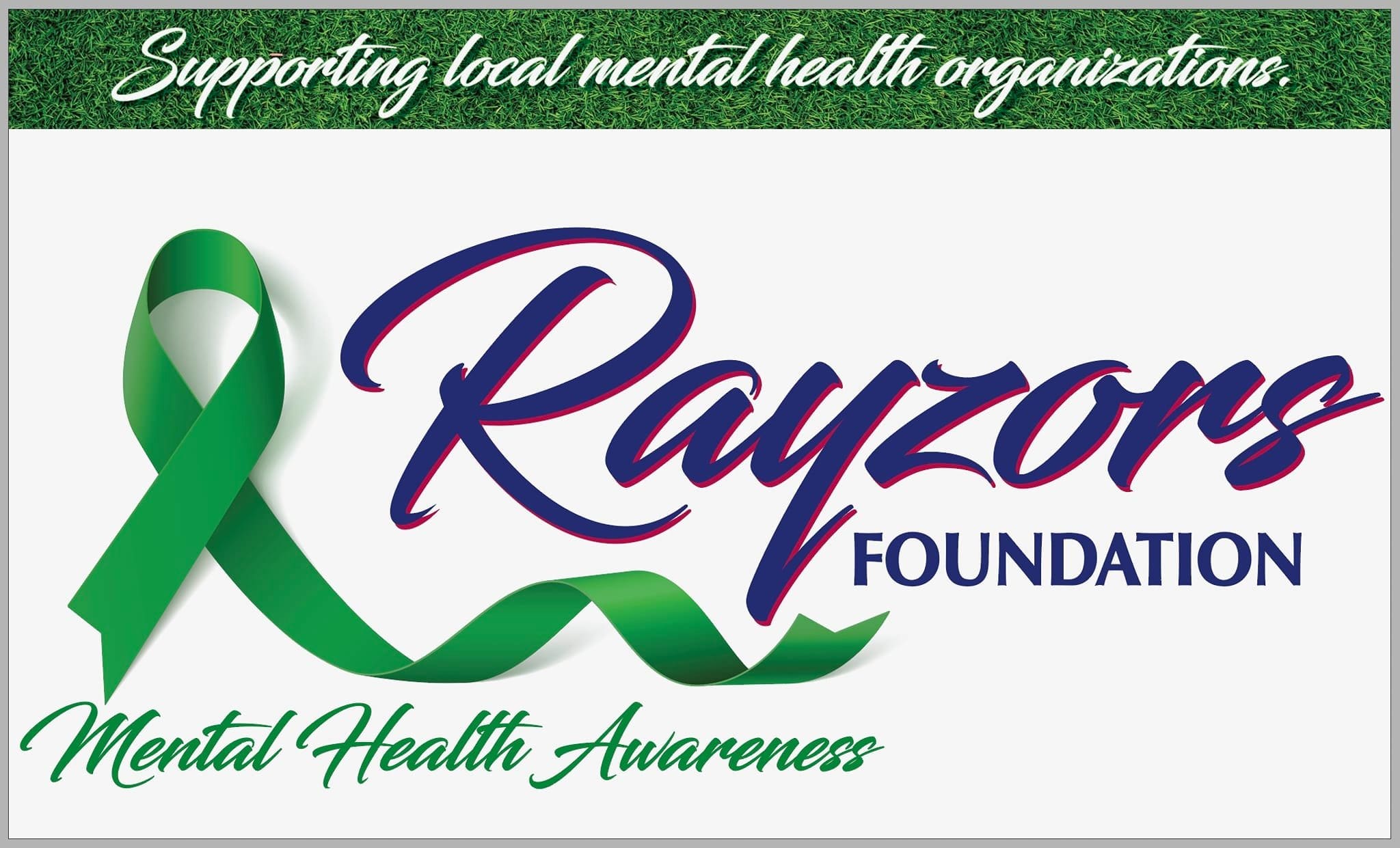Social media has become an integral part of our lives, and for kids, it’s no different. In fact, a recent study found that 72% of teens use social media daily. While social media can be a great way to stay connected with friends and family, it can also be a source of danger for kids.
Here are some tips for parents on how to keep their kids safe on social media:
- Start the conversation early: Talk to your kids about social media before they start using it. Explain the risks and dangers, and set some ground rules.
- Set clear rules about privacy settings: Make sure your kids know not to share personal information with strangers, and that they should only accept friend requests from people they know and trust.
- Monitor your kids’ social media activity: This doesn’t mean you have to read every message they send or post, but you should check in regularly to see what they’re up to.
- Talk to your kids about cyberbullying: Explain what it is, and how to deal with it if they experience it.
- Be a role model: Show your kids how to use social media responsibly by being mindful of your own online behavior.
- Use parental controls: Many social media platforms offer parental controls that can help you restrict your kids’ access to certain content.
- Encourage your kids to report inappropriate content: If your kids see something that makes them uncomfortable, they should know how to report it to the social media platform or to you.
- Help your kids develop a positive self-image: Social media can be a breeding ground for low self-esteem, so it’s important to help your kids develop a positive sense of self-worth.
By following these tips, you can help keep your kids safe on social media and help them use it in a positive way. However, if you notice warning signs that your child may be struggling with their mental health, it is important to talk to them and seek professional help when needed.
Here are some of the warning signs that you should be aware of:
- Changes in behavior: This could include changes in sleep patterns, eating habits, or social activity.
- Changes in mood: This could include feeling sad, anxious, or angry more often than usual.
- Changes in school performance: This could include a drop in grades or an increase in absences.
- Withdrawal from friends and family: This could mean spending more time alone or avoiding social activities.
- Self-harm: This could include cutting, burning, or other forms of self-injury.
- Thoughts of suicide: This is a serious warning sign and should be taken very seriously.
“If you notice any of these warning signs, it is important to talk to your child about how they are feeling”, says Carol Winkler, Psychiatric Mental Health Nurse Practitioner on BryLin Hospitals’ Child & Adolescent Unit. “Let them know that you are there for them and that you want to help. You can also try to identify any stressors that may be contributing to their problems.”
The important thing to remember is that you are not alone. There are many resources available to help parents and children who are struggling with mental health. A therapist or counselor can help your child to understand their mental health and develop coping strategies.
In some severe cases, when your child is in crisis or if your child is having thoughts of self- harm or suicide, reach out for help immediately. Contact your local crisis services provider, a mental health professional, or your primary care physician.
For fast access to evidence-based, short-term crisis stabilization, call the admissions department at BryLin Hospital at 716-886-8200 ext. 2264 to speak confidentially with a mental health professional who can assist you. For more information, please visit brylin.com.
Here are some additional resources that can help:
- The National Suicide Prevention Lifeline: 1-800-273-8255
- The Crisis Text Line: Text HOME to 741741
- The Trevor Project: 1-866-488-7386
- The Jed Foundation: https://www.jedfoundation.org/
- The American Foundation for Suicide Prevention: https://afsp.org/
With HELP, There’s HOPE℠







Comments are closed